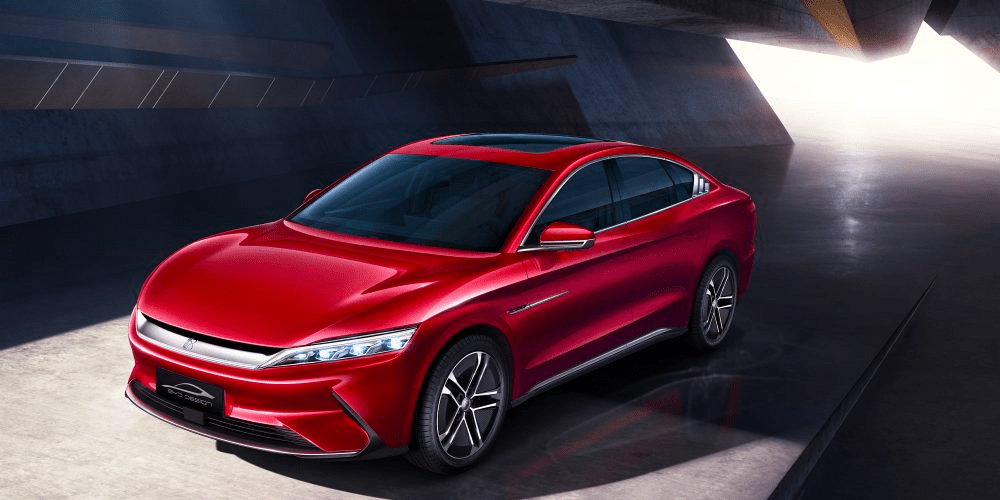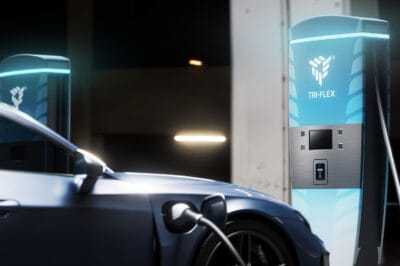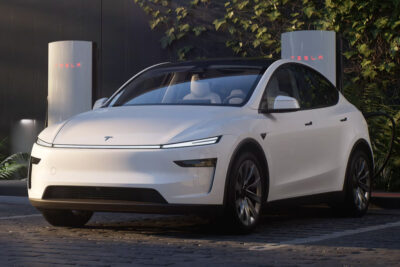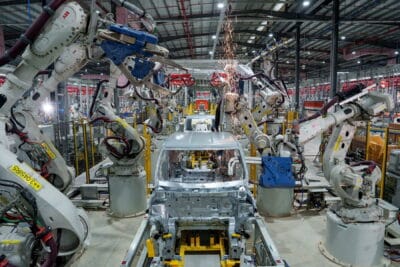BYD March figures show recovery in vehicle markets
The market for new energy vehicles in China is recovering from the effects of the Coronavirus: Chinese vehicle-making giant BYD sold 337.25% more electric vehicles and plug-in hybrids in March than in the extraordinarily weak month of February.
The recent drop in the sale of NEVs can be traced back to the Coronavirus pandemic and the drop in state subsidies for low and zero-emission vehicles from the middle of last year.
Another significant change in March this year compared to 2019 is also the currently very low oil prices, that are adjusted in China every 10 business days according to movements of international oil prices.
When looking at BYD sales for March this year, it seems the coronavirus-induced slump is already disappearing. But despite the positive development, March was the ninth consecutive month in which BYD’s NEV sales were lower than in the same months last year.
BYD sales figures also show that the NEV market was not only hit by COVID-19 but also the NEV subsidy cuts in mid-2019. The Chinese government recently proposed extending these in response to both the Corona crisis and in an effort to correct the significant downward turn in NEV sales even before the Corona crisis. Still feeling the effects of both factors, BYD’s sales figures for New Energy Vehicles in March were 59.25 per cent lower than in the same month last year.
Lastly, a trend that jumps out of the BYD sales figures for March is the fact that the Chinese company has actually sold more combustion engine vehicles than the same month last year, while NEV sales have significantly less in a March comparison over both years. This may be due to the currently very-low oil prices – a result of both the drastic reduction of demand due to the Coronavirus and the ongoing price war between Saudi Arabia and Russia. The rise in combustion engine sales with a drop in NEV sales would indicate that the low oil price may be affecting the uptake of NEVs.
11,763 of the manufacturer’s total 12,256 NEV sales in March were in the passenger car segment, the rest in the commercial vehicle segment. Specifically, BYD sold 10,433 BEVs and 1,330 PHEVs in the passenger car segment in March. In the extremely weak February, when public life was severely restricted in China, BYD only sold 2,533 BEVs and just 206 PHEVs. Back to the yearly comparison before subsidy cuts: In March 2019 BYD was still able to sell 30,075 NEV.
This market development is also reflected in BYD’s business figures for 2019. As reported, the Chinese electric car and battery manufacturer was able to maintain sales at the previous year’s level of just under 121.8 billion yuan according to its preliminary results for the 2019 fiscal year, although profits slumped by 42 per cent to around 1.6 billion yuan.
So the trend for vehicles sales in China generally is pointing upwards again, but the NEV markets still seem hampered, if the country’s vehicle-making giant is anything to go by. It remains to be seen whether the Chinese government’s NEV planned subsidies will be effective enough to maintain an effective adoption of zero and low-emission vehicles in the Chinese drive against air pollution and the geopolitical dependence on oil.





0 Comments